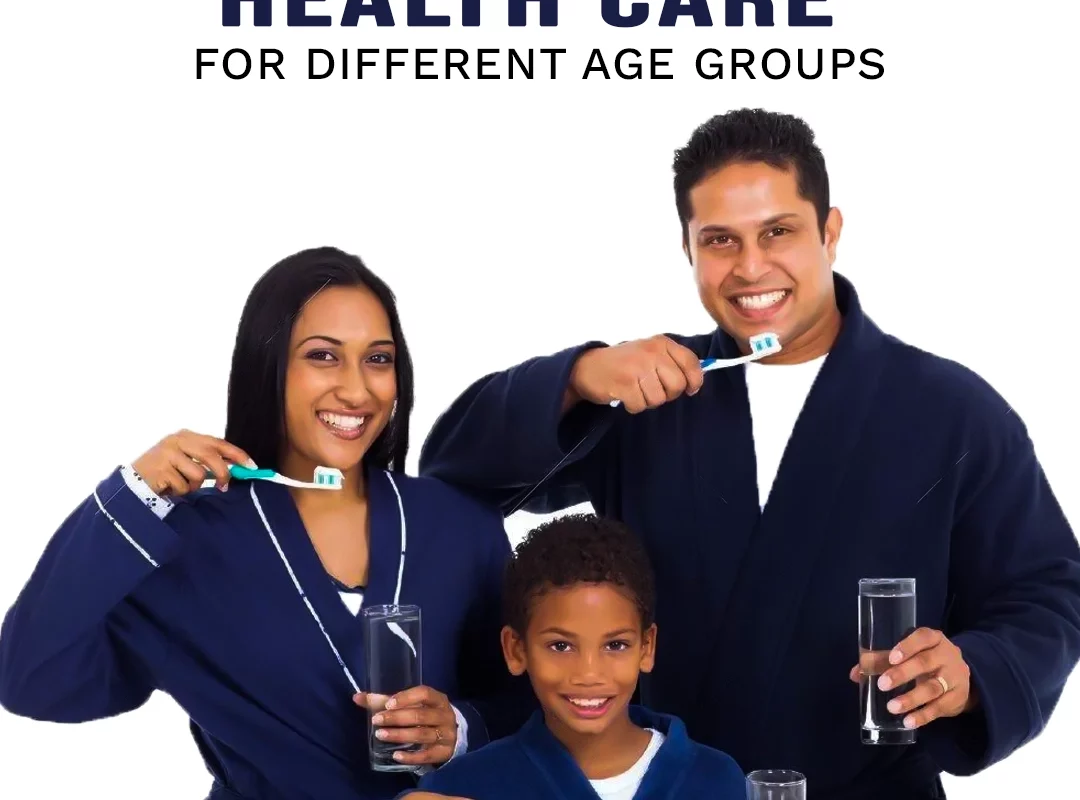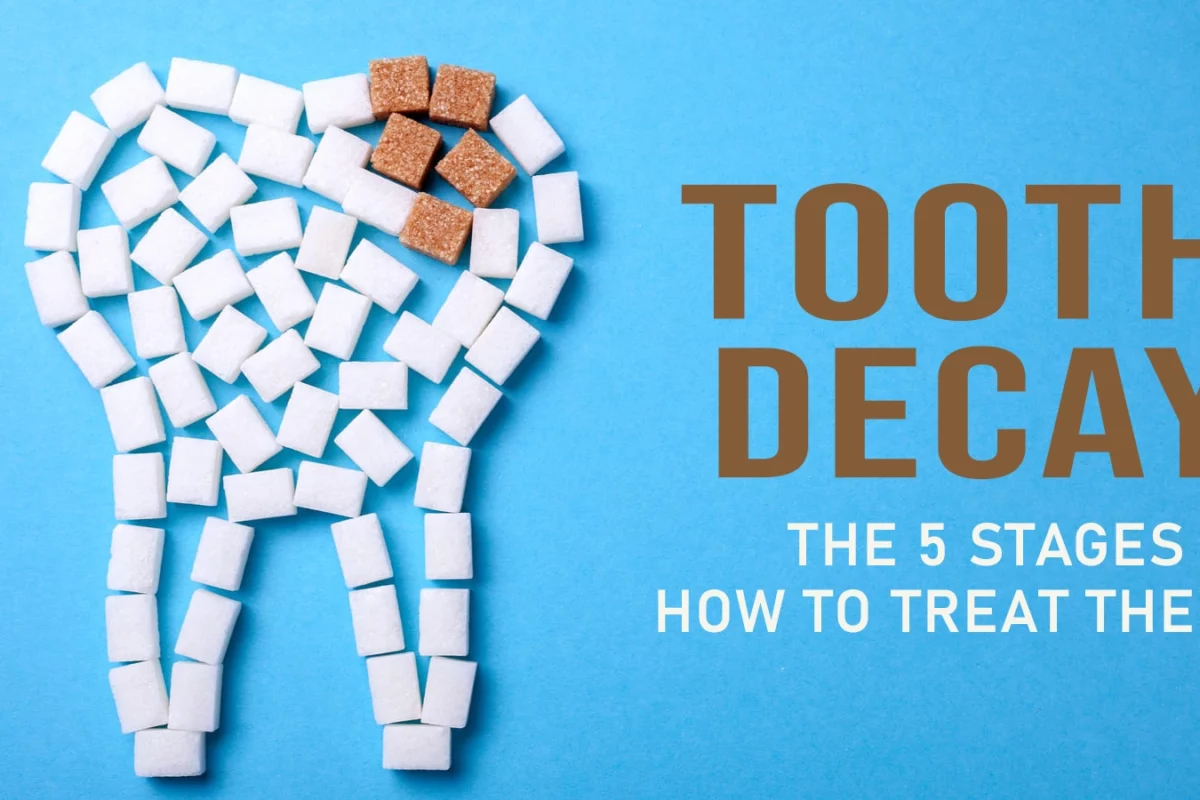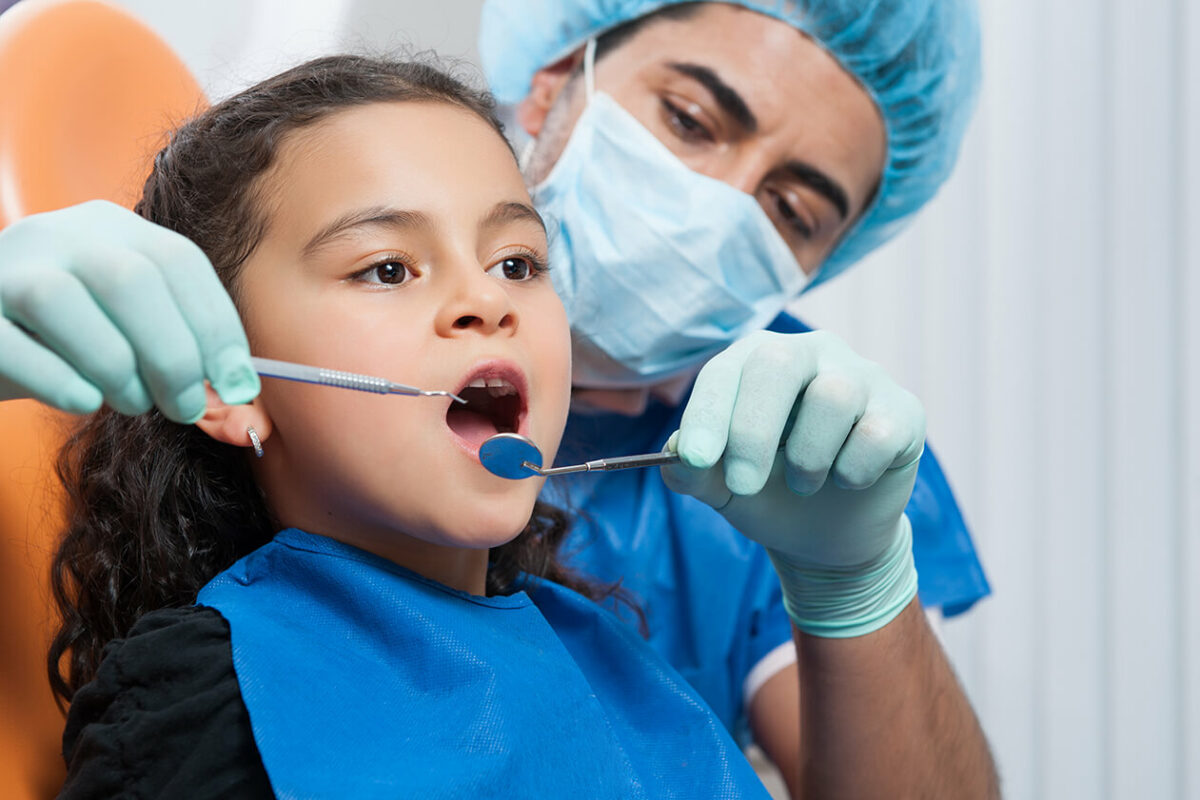Oral health is often said to be a mirror of your overall health. Taking care of your oral hygiene is not all about looking good. It may be more important than you realize. More than just yellowing smiles, an unsightly smile and bad breath, not maintaining good oral hygiene can have an adversely affect a number of health issues like heart disease, stroke and diabetes to name a few. Preventing all types of disease – general and oral, should be the primary goal.
Despite being the hardest part of the human body, the teeth need regular maintenance to take care of it. The dental care needs change as a person age. The needs of a toddler are much different to that of an elderly person. Dental needs vary from toddlers to teens, or adolescents to adults. Even within age groups, diet, lifestyle, family dental history, medical history, all play a factor in determining the best oral hygiene practice suited for you.
Good Dental Healthcare Habits for Everyone
Irrespective of your age, there are some dental healthcare habits and practices that will always ensure healthy teeth and gums for an entire lifetime. Inculcating these practices in children, will help them grow into healthy adults.
- Brush at least twice per day. It only takes 2-3 minutes twice a day to reduce the chances of gingivitis, cavities and bad breath. Use a soft-bristled brush and fluoride toothpaste.
- Floss on a regular basis. Try to floss at least once every day, especially if you enjoy sweets and have sticky, sugary treats. Much like brushing your teeth, flossing takes only a few minutes, but pay you back with healthy gums and teeth.
- Eat a healthy diet and limit sugary food and drinks.
- Replace your toothbrush every three to four months, or sooner if bristles are splayed or worn.
- Visit your dentist. Everyone even those people with ultra-disciplined dental care regimens need at least a yearly oral check-up. Periodontitis, cavities, gingivitis, and other dental healthcare problems can quickly surface, with little advance warning. Dental cleanings are recommended every 6 months.
- Avoid the use of tobacco in any form.
Also, contact your dentist as soon as an oral health problem arises. Ignoring the first sign of dental disease is the most common reason for dental tooth extractions. Taking care of your oral health is an investment in your overall health.
Aside from these, let’s take a look at the unique dental care requirements through five different age groups.
Dental Care Changes Through the Years
- Infancy
Some babies are born with teeth, but most are not. They require a different type of dental care. After feeds, it is advisable to wipe the infant’s gums with a damp cotton cloth. Keeping a baby’s gums clean and healthy will reduce the chance of infections when teeth start to come in. By 6 months of age, when the baby starts having solid food, the cloth can be swapped for a silicon finger brush.
Once the first tooth appears, you should brush with a non- fluoridated toothpaste and use a brush with extra-soft bristles. Children must be encouraged to brush their teeth on their own – but it should always be done under the guidance of an adult.
- Childhood
For kids aged 2-12, it’s important to continue the healthy habits developed at the infant stage. Considering all the sweets and sugary drinks that kids have, the biggest problem the children face are dental cavities. They should be encouraged to brush their teeth after having sweet or sticky food like chocolates and cookies.
Once the child has mastered the act of spitting water, the switch to a fluoridated tooth paste can be made. Even very young children must be allowed to brush their teeth on their own – but it should always be done under the guidance of an adult. Aside from regular brushing twice a day and flossing, reduce sugar in their diet, and make sure they visit the dentist at least twice every year.
- Teen Years & Young Adulthood
The teen years, including young adulthood, is an important phase for dental care. Adult supervision is minimal, so a whole new set of challenges – dietary choices, tobacco use, undisciplined brushing and flossing habits – pose potential problem spots.
Around the ages between 17-21, the “third molars or wisdom teeth” finally erupt. But as a part of evolution, as the jaw size has become smaller, most people don’t have enough room in their mouth to accommodate these molars. Regular dental visits can help determine whether wisdom teeth should be removed.
- Adults
Dental care takes a back seat for adults when they are juggling busy schedules and extended work hours. From diabetes to heart disease, most of these problems develop during adulthood. This is also when most of the gum related issues start cropping up. All that is needed for a healthier mouth is regular brushing, flossing, dental visits.
- Senior Citizens
Most older adults are less likely to visit their dentist, simply because they’re less active than younger people. A strong support system from kids and grandkids can help them keep up on their dental care. The leading problem for this age group, are weakened gums and worn teeth. Osteoporosis is a degenerative condition contributes to bone loss, which can negatively impact a senior citizen’s teeth. The American Dental Association recommends at least 1,000 mg of calcium per day to prevent or delay osteoporosis.
PMS College of Dental Science and Research – Affordable, Family-Friendly Care for Patients of All Ages!
PMS College of Dental Science and Research, is widely recognized as one of the best dental colleges in Kerala. The college has advanced dental care facilities and a commitment to high-quality dental research. From kids to senior citizens, a full range of dental services, including cleanings, oral hygiene, dentures, fillings, root canals, and more are offered here. If you haven’t been to the dentist in a while, or are looking for top notch dental care for you and your family, schedule an appointment today!




